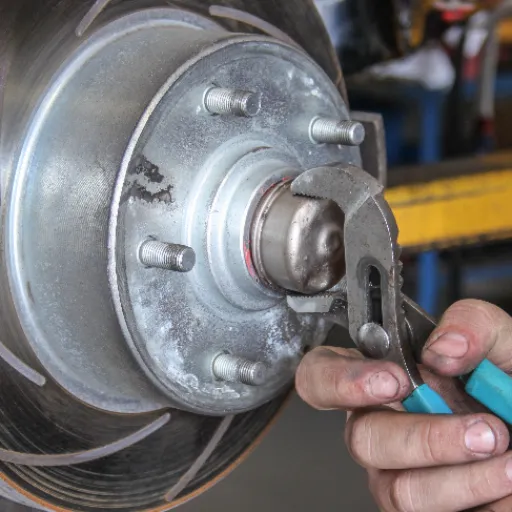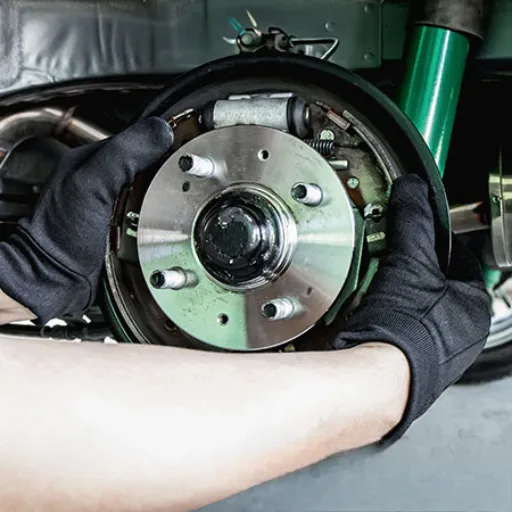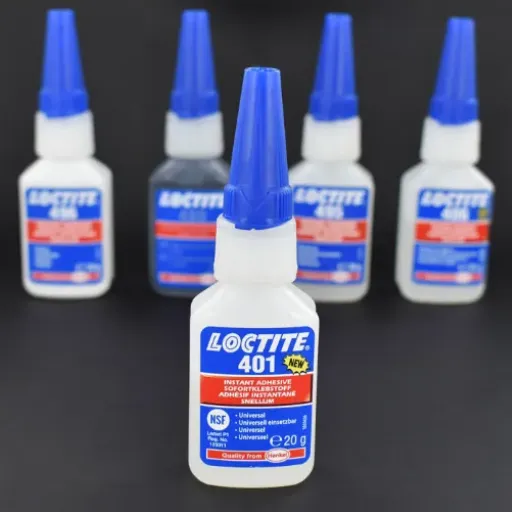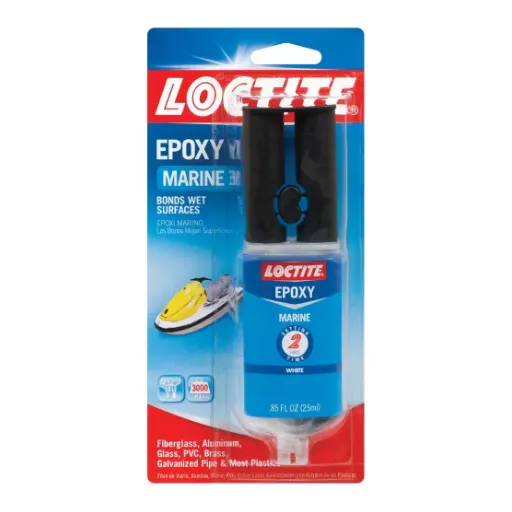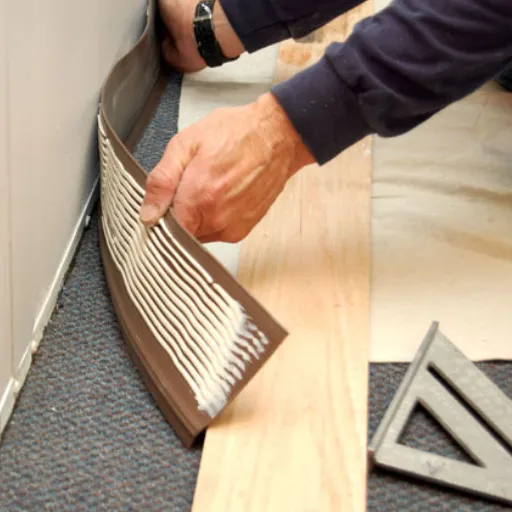The wheels’ bearings are essential parts that ensure the vehicle’s health. These tiny but essential parts allow the wheels to rotate smoothly and make no noise and the driving experience to be safe. Nevertheless, like any other vehicle component, wheel bearings will eventually wear out to the point where they must be repaired or replaced. This comprehensive guide explains the factors that determine repair costs, early warning signs, and how to make informed decisions about maintenance and replacement.
Introduction to Wheel Bearings

Wheel bearings are among the vital parts of a vehicle’s wheel assembly. They allow the wheels to turn with little resistance, reducing friction. Usually, wheel bearings consist of hardened steel and are made up of small metal balls or rollers that are enclosed in a protective casing. A properly functioning wheel bearing is essential for a stable, quiet, and efficient ride. Nonetheless, over time, factors like wear and tear can lead to a wheel bearing failure, which can manifest as unusual sounds, wheel shaking, or a bumpy driving experience. Regular inspections and maintenance are the determining factors in the lifetime of these components and in how much you will spend on repairs.
What are Wheel Bearings?
Wheel bearings are crucial components located within a vehicle’s wheel hub. The wheels rotate with minimal friction while the bearings support the vehicle’s weight. Usually, bearings are made from high-quality steel and incorporate small steel balls or cylindrical rollers that move within a hardened metal ring. This is a durable, performance-efficient design capable of handling a wide range of driving conditions.
Modern automotive wheel bearings are sealed and designed to be virtually maintenance-free, thanks to significant engineering advancements. The sealed bearings are protected from dirt, moisture, and debris that could lead to early wear or failure. Nevertheless, even sealed wheel bearings may eventually become defective due to adverse road conditions, insufficient lubrication, or heavy loads.
When wheel bearings start to deteriorate, they communicate their condition through a variety of symptoms, such as grinding or roaring noises, vibrations, uneven tire wear, or diminished handling performance. Inspections should be done regularly, particularly during routine vehicle servicing, to enable early detection of possible problems. It is necessary to replace damaged wheel bearings immediately to maintain the vehicle’s safety and efficiency.
Importance of Wheel Bearings in Vehicles
Frictionless rotation of the wheels is the primary function of one of the most critical parts, the wheel bearings, of a vehicle. They are essential to driving quality; they provide stability and protect the wheels and suspension from deterioration. Moreover, wheel bearings absorb road forces like shock absorbers, optimizing the vehicle’s performance.
If a wheel bearing fails, depending on the severity, it can affect the durability and performance of the car, increase friction, create noise and even lead to complete detachment of the wheel in extreme cases. So, bearing failure can lead to expensive repairs and accidents. Preventive maintenance and the use of high-quality bearings help prolong a vehicle’s life.
Signs of Worn-Out Wheel Bearings
🔊 Unusual Noises
The wheels produce a grinding, humming, or growling sound, which is one of the leading indicators that the wheel bearings have worn out. This sound becomes clearer when you speed up or take a corner.
⚡ Vibration
The car may shake and vibrate, especially at the steering wheel, at high speeds, which is a sign that the bearings are wearing out.
🚗 Uneven Tire Wear
Uneven weight distribution on tires, leading to uneven or rapid tire wear, can result from faulty bearings.
🔧 Loose Wheels
If the wheel is unstable and moves too much while the car is in motion, the bearings are the issue.
⚠️ ABS Malfunction
The Anti-lock braking system may be affected by the defective bearings leading to the triggering of the ABS warning light on your dashboard.
Important: To maintain vehicle safety and performance, regular inspections and prompt replacements are necessary.
Understanding Wheel Bearing Replacement
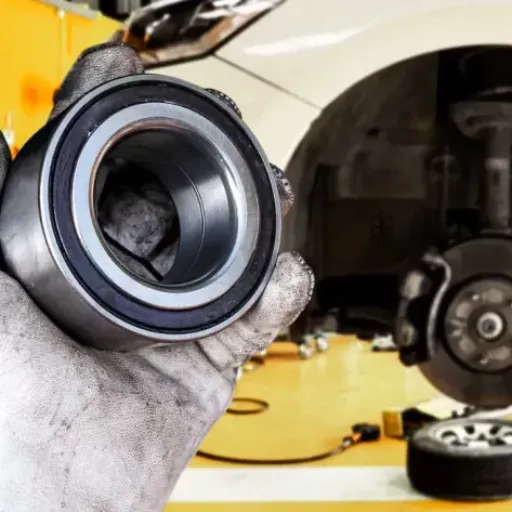
The process of wheel bearing replacement necessitates the complete disassembly of the wheel, brake unit, and in some cases, even the suspension unit. Afterwards, the bearing that has gone bad is eliminated through the use of special equipment and a new one is installed for the given purpose before all the parts are put back together. It is paramount to follow the manufacturer’s recommendations and ensure correct installation to avert further damage and keep the vehicle operating at its best. As a rule, a professional mechanic should be contacted if there is any doubt about the procedure.
When to Replace Wheel Bearings
Wheel bearings must be changed when they become worn or damaged. Noises that are out of the ordinary, such as grinding or humming coming from the wheels, vibrations through the steering wheel, and uneven tire wear, are a few signs of failure, among others. Also, if the vehicle feels unstable when driven or if there is excessive free movement when the wheels are tested, it indicates a problem with the wheel bearings. Such issues should be addressed promptly as they not only prevent damage to other parts but also ensure safe driving conditions. It is always advisable to see a specialist mechanic for a reliable diagnosis and, if necessary, to have parts replaced.
The Process of Replacing Wheel Bearings
Replacing wheel bearings is a demanding job that requires absolute accuracy and the proper tools. Below is a sketch of the general process:
1Prepare the Vehicle
To start with, the vehicle should be safely and correctly set up on a flat surface. Use the car jack to elevate the vehicle, then confirm the stability of the jacked-up part by placing jack stands under it. Remove the wheel from the defective bearing to reveal the components needed.
2Remove the Brake Assembly
Disassemble the brake caliper and rotor to expose the wheel hub and make it accessible for work. Care should be taken with these parts to prevent damage.
3Access and Remove the Wheel Bearing
Depending on the car make and model, to get to the hub assembly, you might have to remove the axle nut and other parts. When the wheel bearing is damaged, it is already accessible, so use a bearing puller or press tool to extract the failed unit.
4Install the New Bearing
The new wheel bearing must be installed in the hub assembly by pressing and pulling it with the proper tools. If handling the bearing or nearby parts with care and following the manufacturer’s torque and alignment specifications are not done, failure of the newly installed bearing will be the consequence.
5Reassemble the Components
The process of putting things back together is done in reverse order of the disassembly steps by reinstalling the hub, brake assembly, and wheel. Make sure that all fastenings and connections are secure and not loose.
6Test the Vehicle
When the assembly is complete, validate that the new bearing has been correctly installed by testing the vehicle. Keep an ear out for any odd sounds and also check that the wheels rotate easily.
Note: It’s always a good idea to check your vehicle’s manual for precise directions as the procedure may differ from one car model to another. If you have never done any car repair before, it is best to involve a professional mechanic to ensure the process is safe and accurate.
DIY vs. Professional Replacement
According to the latest information, the choice between DIY and professional replacement of wheel bearings depends on factors such as cost, time, expertise, tools, safety, and warranty.
| Key Factor | DIY | Professional |
|---|---|---|
| Cost | Lower | Higher |
| Time | More time needed | Faster |
| Expertise | High skill needed | Minimal required |
| Tools | Specialized tools | Provided |
| Safety | Higher risk | Safer |
| Warranty | No warranty | Includes warranty |
This table contrasts the significant factors to help users make an informed decision based on their personal situation and resources.
Cost Factors in Wheel Bearing Repair
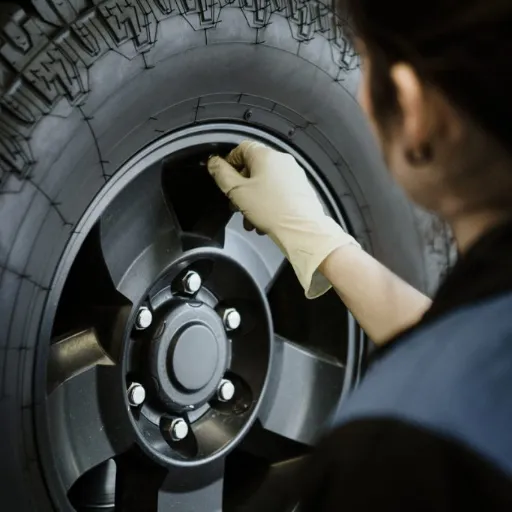
Between the DIY method and taking the car to a professional, the decision on wheel bearing repair costs seems to depend on the vehicle owner’s personal preference. Although DIY repair generally costs less because one does not bear labor costs, one still has to buy tools and parts that are specifically designed, and the total can still be relatively high. Professional repair, however, suffers a tremendous amount of labor charges, though it is sometimes termed as a warranty, which means that the job will be done right the first time and no more costs will be incurred for extensive tools or expert labor. Your financial plan and your level of confidence in your mechanical skills will be the main guides in choosing the best course of action.
Average Cost to Replace Wheel Bearings
In general, the average cost to replace wheel bearings is $150 to $800 per wheel; however, the ultimate vehicle selection and the extent of damage are the main factors that affect the exact price.
- Basic passenger cars: Usually at the lower end of this range
- Luxury vehicles: At the higher end of the spectrum
- Parts alone: $50 to $300
- Labor costs: $100 to $500, depending on repair difficulty and local labor rates
Important: The quoted prices may vary significantly depending on where you are and which service provider you choose. Through regular maintenance and swift action on wheel bearing problems, one can save on the long-term repair costs and avoid damage to other vehicle parts.
Factors Affecting Replacement Costs
🚘 Type of Vehicle
Your vehicle’s make and model significantly determine replacement costs as luxury and high-performance cars often require expensive parts and skilled labor.
📍 Location
Differences in labor rates and parts availability by region can profoundly affect the total cost of the replacement.
🔨 Severity of Damage
The larger the repair area, the more complicated the procedure, which translates into higher costs.
⚙️ Quality of Parts
The selection of aftermarket parts, OEM (Original Equipment Manufacturer) parts, and the pursuit of the highest-quality components significantly impact price.
💰 Labor Rates
The cost of labor will be determined by the mechanic’s or shop’s experience and skill level, with the most skilled usually charging higher rates.
Cost to Replace a Wheel Bearing by Vehicle Type
The average cost of replacing a wheel bearing varies by vehicle type:
| Vehicle Type | Cost Range (Per Wheel) |
|---|---|
| Small Cars | $150 – $300 |
| Sedans & Mid-Size Vehicles | $200 – $400 |
| SUVs, Trucks & Luxury Cars | $400 – $800+ |
Furthermore, if the wheel bearing is located within a hub assembly, the price of the entire assembly would increase further, as the whole unit must be replaced. By contrast, labor costs vary by vehicle type, with larger or more complex vehicles requiring the most time and effort for disassembly and reinstallation. It would be prudent to seek an estimate tailored to your unique vehicle and its condition from a reliable mechanic.
Budgeting for Wheel Bearing Repair

When planning a budget for wheel bearing repairs, you have to consider both parts and labor costs. Car manufacturers and models will significantly affect the average price, which can range from $150 to $500 per wheel replacement. It is very wise first to get a detailed estimate from a reliable mechanic to avoid unexpected costs and determine which parts are needed. Periodic maintenance would also help prevent expensive repairs in the future.
Estimating Total Repair Costs
The wheel bearing repair cost will depend on a vehicle’s make and model, the extent of the damage, and the labor rates in your area. Usually, the price is somewhere between $150 and $500 per wheel. If you want a clear indication of the cost, ask a mechanic you trust who can share the amount of parts and labor with you. Always get a detailed quote so you can really know what is covered in the pricing.
💡 Cost Estimation Checklist
- Get quotes from at least 2-3 mechanics or repair shops
- Ask for a breakdown of parts and labor costs separately
- Inquire about warranty coverage on parts and labor
- Check if diagnostic fees are included in the final cost
- Consider the reputation and experience of the service provider
Finding Affordable Repair Options
The first thing you should do when looking for the less costly wheel bearing repair options is to ask for price quotes from different local mechanics or repair centers. After that, you can match prices and services to choose the option that best suits your budget. Vehicles repaired by independent garages tend to be cheaper labor-wise. Moreover, the internet is a good source for getting reliable reviews and opinions from your friends or family, which can also be very helpful in choosing the right place. Sometimes shops offer discounts, specials, or payment plans to help lower the total amount. Lastly, always inquire whether a warranty covers the parts and labor for your convenience.
Compare Multiple Quotes
Contact 3-5 repair shops to compare pricing and services.
Consider Independent Shops
Independent garages often offer competitive rates compared to dealerships.
Check for Promotions
Look for seasonal discounts, coupons, or special offers on repair services.
Read Reviews
Research online reviews and ask trusted sources for recommendations.
Preventive Maintenance to Save Costs
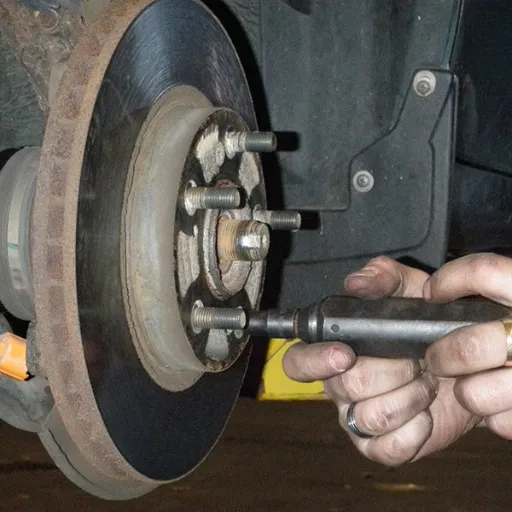
Preventive maintenance is indispensable for averting costly repairs and prolonging a vehicle’s life. Keeping up with oil changes, tire rotations, and brake inspections, among others, would ensure a car keeps running at its best and help prevent minor troubles from turning into costly ones. The task of inspecting and changing air filters, spark plugs, and fluids at the suggested intervals would also serve the dual purpose of bettering fuel efficiency and reducing wear and tear. To keep your vehicle running smoothly and save you money on repairs, stick to your car’s maintenance schedule.
Maintenance Tips for Wheel Bearings
Wheel bearing maintenance involves cleaning and re-greasing at regular intervals to avoid both wear and contamination. Inspect your wheel bearings regularly for any signs of trouble such as noise, looseness, or uneven rotation. If seals are damaged, replace them right away, as moisture will otherwise get through. Besides, unbranded grease is not acceptable—always use high-quality grease that meets your vehicle’s specifications. Following these precautions, you will not only extend the life of your wheel bearings but also enjoy safe, smooth driving.
How to Maintain Your Wheel Bearings
Maintaining your wheel bearings is a key factor in ensuring your vehicle’s safety and performance. Here are the significant steps based on the most recent recommendations and expert insights to keep them in the best possible condition:
🔧 Ongoing Cleaning and Lubrication
Clean wheel bearings regularly and apply a good-quality, specific-to-the-vehicle grease. It reduces friction and heat production and, at the same time, prevents wearout too early.
🔍 Periodic Checking
Make regular checks of your bearings for any signs of damage, such as noise, a loose fit, or irregular wheel movement. In driving, listen carefully for grinding or humming sounds as they may signal bearing problems.
🛡️ Protection of Seals
Seals are designed to keep moisture and dirt out of your wheel bearings. If you notice that the seals are damaged or worn out, replace them immediately to avoid costly repairs later.
⚖️ Do Not Overload
Always keep in mind not to load your car beyond its capacity. Overloading the vehicle puts extra strain on the wheel bearings, leading to rapid wear.
🌡️ Heat Monitoring
After a long drive or heavy use, check the hub area by touch (or very cautiously by feeling near) for heat. Hub overheating can be caused by a lack of lubrication or worn bearings; hence, it is an urgent call for maintenance.
📖 Manufacturer’s Guidelines
Refer to the vehicle’s service manual for maintenance intervals and guidelines for your wheel bearings. By following these recommendations, you are assured of uninterrupted performance and safety.
Key Takeaway: If you follow these practices, which are also supported by data-backed methods, you not only get the safest and smoothest ride but also enjoy a longer lifespan for your wheel bearings.
Signs That Indicate Maintenance is Required
- ⚠️ Unusual Noises
Grinding, humming, or rumbling from the wheels may indicate worn or damaged bearings.
- 🔄 Excessive Wheel Play
A loose or wobbly feeling in the wheel when shaken may be a signal of bearing wear.
- 🛞 Uneven Tire Wear
Beams that are improperly worn can sometimes be attributed to faulty bearings that malfunction and influence alignment.
- 💧 Visible Damage or Leaking Grease
Visible cracks, rust, or grease leaking around the wheel hub area are the unmistakable indicators of problems.
- 🚨 ABS Warning Light
A defective wheel bearing can set off the ABS warning light on your dashboard.
Preventative Measures to Extend Wheel Bearing Life
- Regular Inspection and Maintenance
Inspect the wheel bearings regularly for any signs of wear, damage, or contamination. Early detection of the problem can lead to lower costs for the problem and its repair.
- Avoid Overloading Your Vehicle
Overloading the vehicle places more strain on the wheel bearings which quickens the process of wearing them out. Always keep in mind and stick to the load capacity that your vehicle manufacturer has suggested.
- Maintain Proper Tire Balance and Alignment
When the tires are not aligned or when one is heavier than the other, it can lead to uneven pressure on wheel bearings which shortens their lifespan. Regular tire rotations and alignments are one of the methods that help minimize this risk.
- Keep Bearings Properly Lubricated
Provide clean, proper lubrication to your wheel bearings; inadequate or contaminated grease may hasten damage.
- Drive Carefully on Poor Road Conditions
Your vehicle can be jarred by potholes, bumps, and rough terrain, which can overstress the wheel bearings. Drive slowly and carefully in such places when it is unavoidable.
Remember: Incorporating these practices into your vehicle maintenance routine will significantly reduce the risk of premature wheel bearing failure, providing smoother, safer journeys.
Reference Sources
-
AutoZone: How Much Does a Wheel Bearing Replacement Cost? – Provides average costs and insights into driving with a bad wheel bearing.
-
Kelley Blue Book: Wheel Bearing Replacement Prices & Cost Estimates – Offers national average costs and variations based on vehicle type.
-
Reddit: Is $1000 for a wheel bearing replacement a rip off? – A community discussion with detailed cost breakdowns.
-
J.D. Power: How Much Does It Cost To Replace Wheel Bearings? – Explains cost variations based on vehicle make, model, and other factors.
-
CarSilks: Wheel Bearing Replacement Cost – Affordable Solutions – Discusses key factors like vehicle type and specialized parts.
Frequently Asked Questions (FAQs)
❓ What about the average expense for the replacement of the wheel bearings?
The average expense for the replacement of wheel bearings is a bit of a stretch as it depends on the type of vehicle and its location. Typically, the parts for both front and rear wheel bearings can cost anywhere between $100 to $300 per bearing, plus another $100 to $200 for labor. It would be very wise to ask your local mechanic for a free, detailed quote.
❓ How much will it cost to replace a worn-out wheel bearing?
The money needed for replacing a worn-out wheel bearing will depend if one is replacing one wheel or both. For front wheel bearings, the price would be between $150 and $400, including parts and labor. Rear wheel bearings might cost a little less, but it will still vary based on the car’s make and model.
❓ Can improper wheel alignment shorten the life of the wheel bearings?
Definitely, wheel misalignment can cause the wheel bearings to wear unevenly. When the alignment is incorrect, the bearings experience stress above normal levels, increasing the likelihood of failure and requiring wheel bearing replacements earlier than expected.
❓ What are the steps involved in the wheel bearing replacement process?
The process for changing a wheel bearing usually starts with jacking up the car, removing the wheel, removing the brake and hub assembly, and disassembling it. A new bearing will be installed in its place after the old one is removed; this might even require special tools. It is essential to take the car for a spin after the replacement to check that everything is working correctly and that the installation is correct.
❓ How do I know when it is time to replace the wheel bearings?
Your wheel bearings may need to be replaced if grinding, humming or other strange noises are heard, if the steering wheel vibrates or even if there is a noticeable decline in the car’s handling ability. It is advisable to have a mechanic inspect the bearings if you notice any of these symptoms after years of driving.
❓ Is it possible for a DIYer to replace a wheel bearing?
Sure, a DIYer can replace wheel bearings but it does need some mechanical skill plus the right tools. If you decide to replace one or both bearings yourself, make sure you follow a detailed guide or watch a video tutorial. Still, weigh the risks and consider the availability of a car lift to have easy access.







